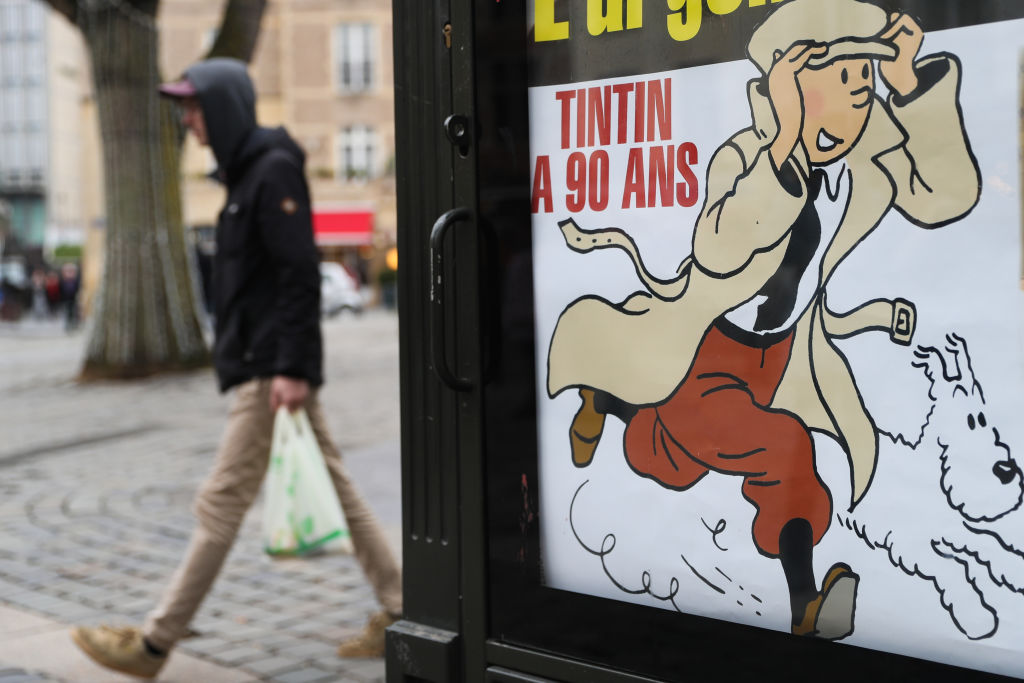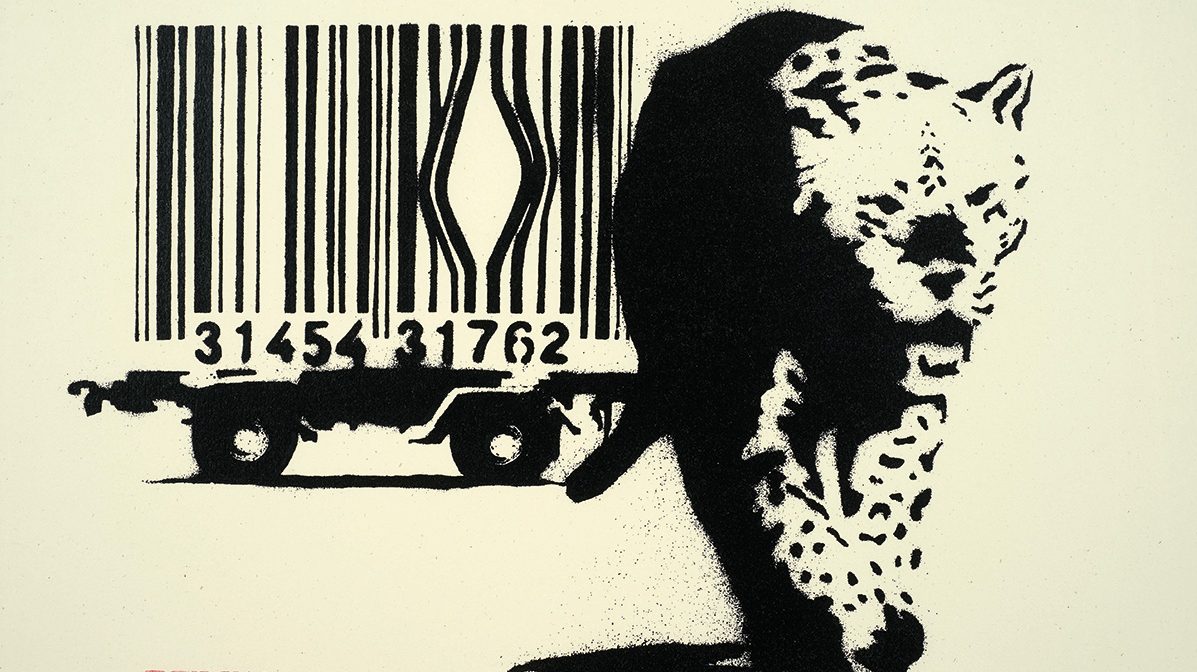The works of Hergé — aka Georges Remi — can be accurately described as having had a seismic influence on the world of comics. Hergé is best known as the creator of crusading young reporter Tintin. The Tintin books have inspired art shows and works of literary theory; they’ve also had their politics closely examined, especially in recent years. (Short version: Hergé’s politics started out fairly reactionary and became more progressive as he grew older.)
Among the reasons why Hergé’s work remains so well-read are the details and clarity found in his artwork. Recently, an unused 1936 cover for The Blue Lotus sold for $3.9 million at auction. It set a new record for the most expensive piece of comic book art, breaking a record previously held by another work by Hergé.
Writing in Air Mail, Stuart Heritage explained why this particular work was so in demand. “The work, by all accounts, is absolutely beautiful,” Heritage writes. Later, he offers more specifics as to why this version of the cover was not used: “A work like that would be unfeasibly expensive to reproduce.”
As Heritage writes, the painting has been described as a gift from Hergé to the son of his publisher. Taking umbrage to this description is Nick Rodwell, head of the Hergé Foundation. (This Artnet article from 2015 provides some information on Rodwell’s history with Tintin.) Rodwell has made the case that the artwork should not have been sold at all.
“Experts believe that Hergé never, or at least rarely, gave gifts to anyone without writing a dedication,” Heritage writes — and the lack of such a dedication opens the door to some questions. Unfortunately, given the amount of time that has elapsed since the work was painted, it’s nearly impossible to know for sure which version of events is correct.
Thanks for reading InsideHook. Sign up for our daily newsletter and be in the know.

















